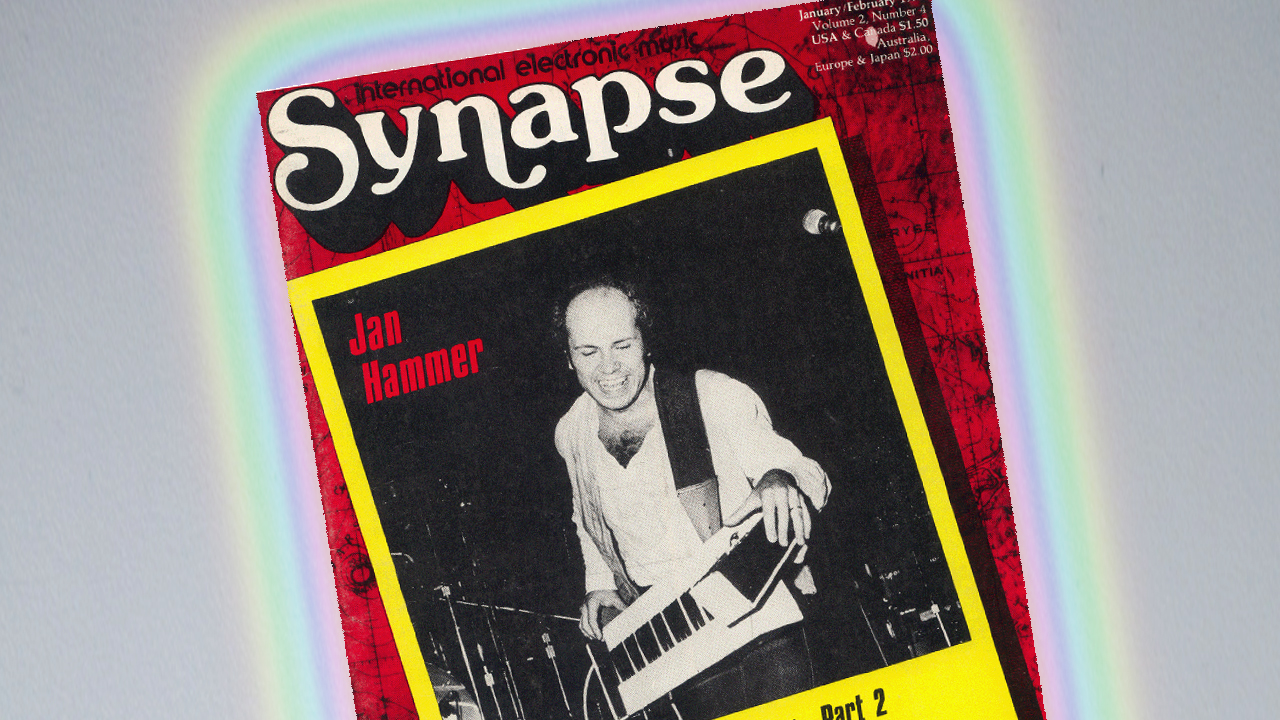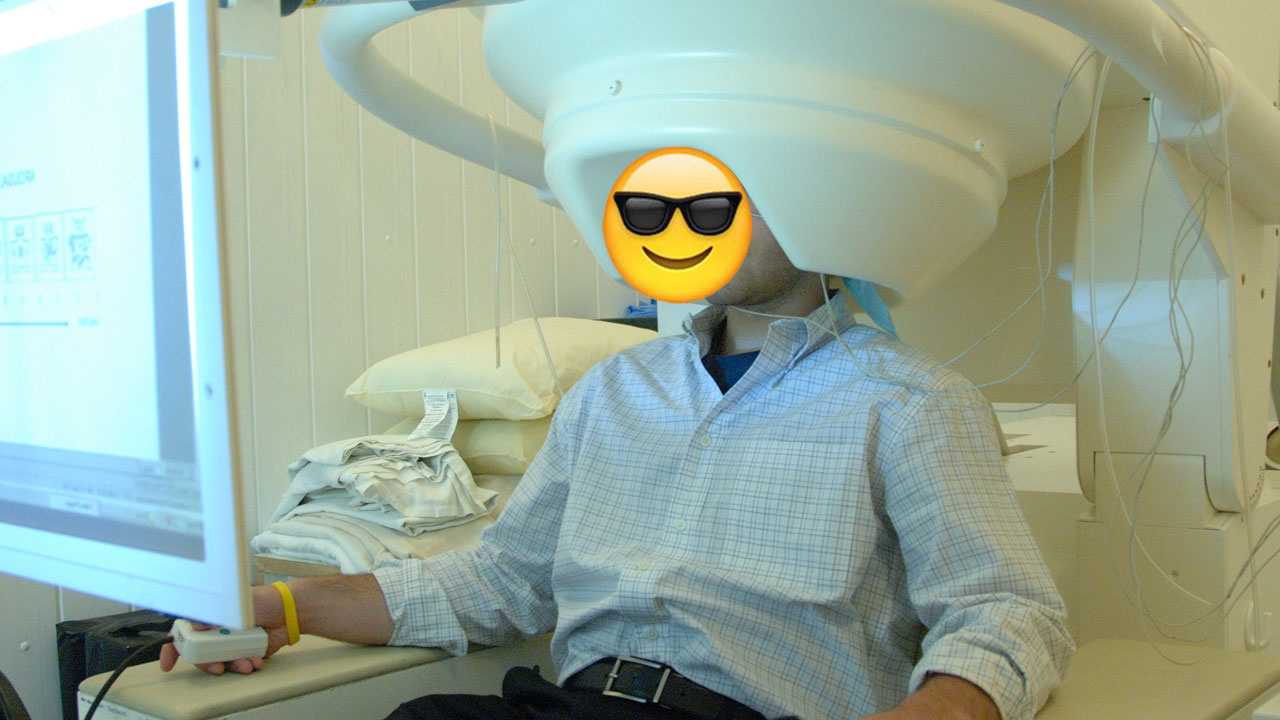Tag: Neuroscience
You know that episode of Black Mirror, “The Entire History of You,” where everyone has a memory implant that records everything they see and do and can be played back for the entertainment of their friends and psychological torment of their families? That, apparently, is closer to reality than it has ever been before, according […]
Scientists are getting closer to nailing down which portion of the brain makes people with mood disorders more sensitive to negative life events. The breakthrough comes after experiments at UC San Diego which demonstrate new links between certain neurotransmitters and emotions like disappointment. In studies on rodents, scientists discovered that neurons above the thalamus were producing “both a common […]
A new study in Current Biology proves our brains can still kind of decipher words while we’re asleep. For the experiment, scientists had participants classify words as either plants or animals while wearing an EEG to record brain activity. For each word, subject tapped a button with either their right or left hands to indicate to which […]
ANIMAL’s Radicals Of Retrofuturism uncovers stories by the technological rebels of the past in vintage media and looks at their predictions in the context of today’s digital world. This week, we take a look at Synapse magazine’s 1978 interview with David Rosenboom, as well as neurological feedback in early electronic music and contemporary science. Synapse, a bi-monthly American magazine […]
Recent studies have shown that everyone’s favorite drug caffeine can be even more effective. By taking a nap immediately after drinking coffee, you can actually allow the caffeine more neurological room to wake you up. Caffeine works by replacing a neurotransmitter called adenosine, which accumulates over the course of a normal day as a byproduct of brain […]
Even with the technology we have today, studying the inner workings of the human eye is still challenging. Mapping the neural network of an eye would require “100 people… to work 24/7 for half a million years,” in order to complete it. That’s not too efficient, so MIT developed a game called EyeWire to help with this […]
Researchers at the National University of Singapore (NUS) recently measured the EKG and EEG activity of meditating volunteers practicing two different ancient techniques — Vajrayana, which is intended to excite the senses, and Theravada, which soothes and relaxes. They found that the physical response to these two practices were vastly different, Wired explains: The team picked up increased parasympathetic activity […]
It’s very difficult for humans to create new neurons. They can only be formed from embryonic stem cells, which are hard to come by. Not so for crayfish, which scientists have found can create new neurons out of regular blood cells. These are used to replenish their “eyestalks and smell circuits.” Yes, those are real crayfish body […]
Neuroscientists are hard at work figuring out how our brains interpret emoticons, which have become somewhat integral to modern communication. In past experiments like those conducted at Tokyo Denki University, scientists determined that the right inferior frontal gyrus (the part of our brain which processes emotions) is activated by a smiley or frowny face. However, emoticons would do […]
The Department of Defense has committed $40 million of funding for the development of Restoring Active Memory (RAM) brain implants — a “very small, implantable, wireless neural interface device,” the Wire reports. DARPA is interested in the project as a way to help military personnel restore their memory after they suffer brain injuries in combat. DARPA […]

































